What Are the 4 Levels of the Food Chain?
All living things rely on each other in the food chain. Energy transfers through living organisms from predators, herbivores, producers and decomposers.
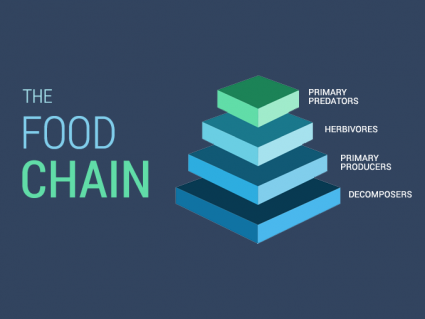
All living things rely on each other in the food chain. Energy transfers through living organisms from predators, herbivores, producers and decomposers.
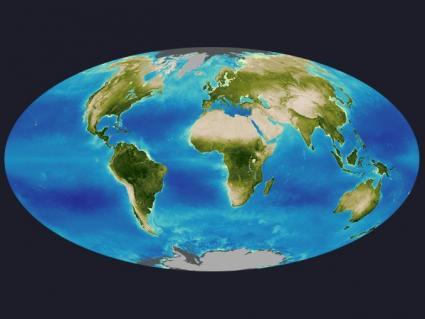
The biosphere is the layer of Earth where life exists. You, me, plants, insects bacteria and all living things on land, air and oceans are the biosphere.
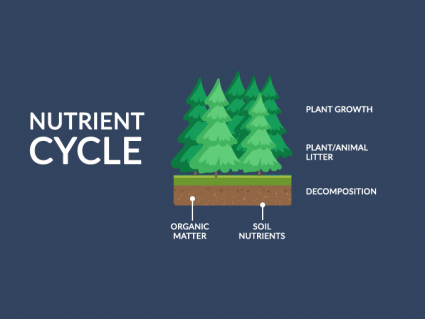
Food for thought, the nutrient cycle constantly exchanges inorganic and organic matter back and forth in the environment. It’s just recycled back and forth.
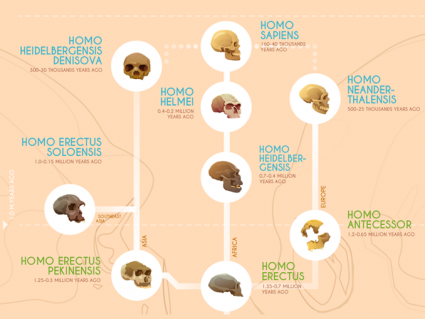
Since about 4 million years ago, humans have evolved from early hominids to modern humans. Here are 14 species examples from human evolution now extinct.

Supernovas are the dying stage of a star when the star explodes. Heavier elements like copper and zinc get flung out into space which we find in our bodies.
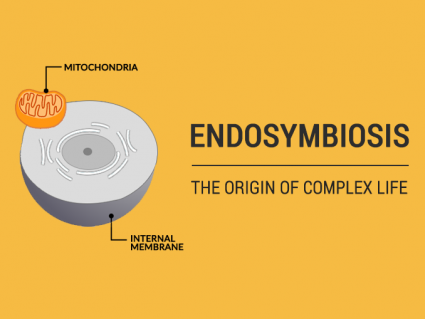
Endosymbiosis sparked the origin of eukaryotic cells. It’s the idea that a prokaryote engulfed a bacteria and became mitochondria part of eukaryotic cells.
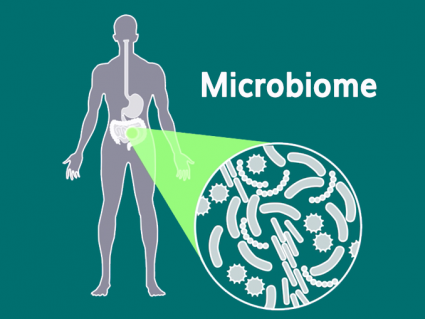
By 10 to 1, colonies of bacteria outnumber human cells. We rely on bacteria because they break down sugars, help digest food and protect against infections.
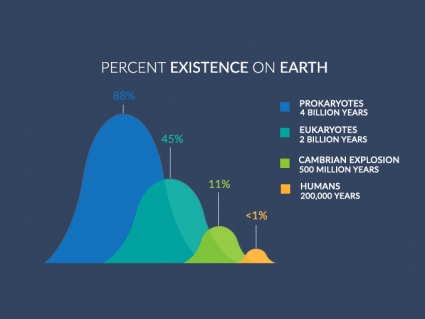
The earliest anatomically modern human fossil found was dated at about 200-300,000 years old in Morocco, Africa. They had modern faces and used stone tools.

Biodiversity or “biological diversity” refers to the variety or genetic diversity of species in an ecosystem. Ecosystems rely on biodiversity for resiliency.
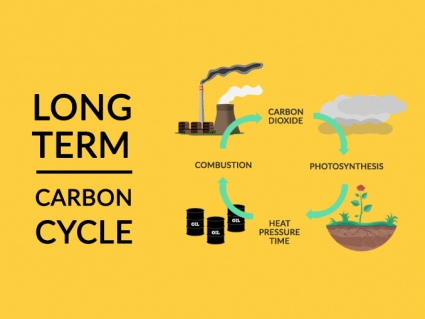
Carbon is re-purposed into fossil fuels in the long-term carbon cycle. The coal that we use today was produced millions of years ago from buried swamps.
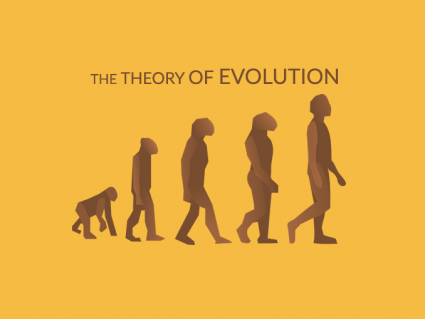
In flesh and blood, you have been genetically fine-tuned as a product of natural selection. Without evolution, complex beings like humans wouldn’t exist.
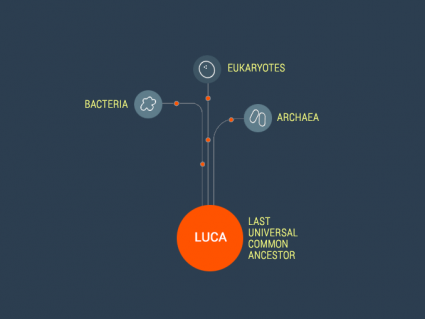
All living things originated from a common ancestor called the last universal common ancestor (LUCA). The origin of life existed before LUCA (3.5 – 4.1 bya)
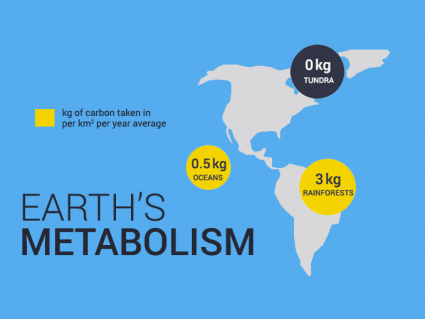
The Earth breathes. We gauge Earth net primary productivity by how much carbon dioxide plants absorb from the atmosphere minus how much it respires.
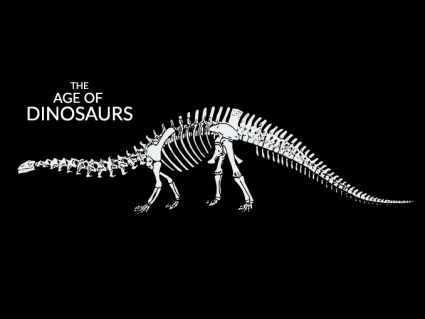
If you rewind the clock 230 million years back, dinosaurs dominated the land. Not just for a short span of time. But they lived for over 175 million years!
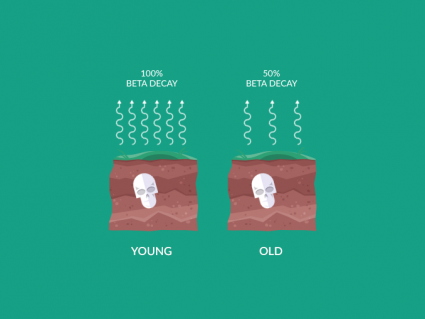
All life contains types of carbon. When an organism dies, carbon dating examines the ratio between carbon-14 (C14) and carbon-12 (C12) to estimate age.